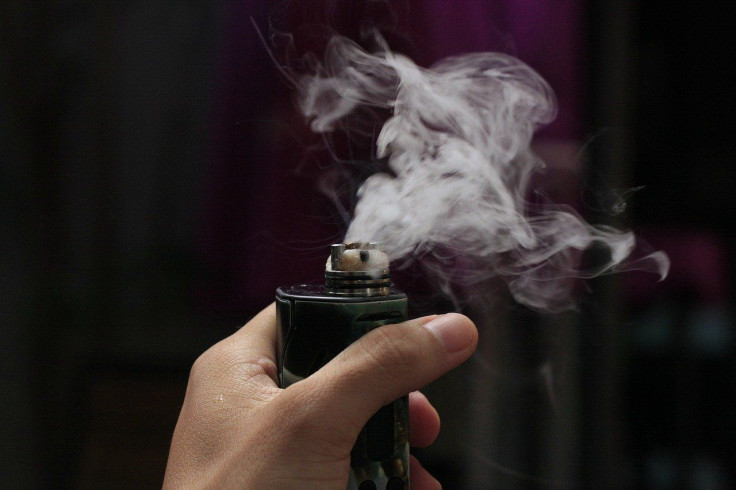FDA Sends Warnings To 10 Companies Offering Vaping Products That Appeal To Youth

KEY POINTS
- Puff Bar, which offers products packaged to look like Twinkies and Captain Crunch, was among the companies warned
- Vaping is a $4.2 billion industry in the U.S.
- Vaping was blamed for a mysterious lung disease last year that either killed or sent nearly 3,000 people to hospitals
The Food and Drug Administration on Monday sent warning letters to 10 e-cigarette-makers, ordering them to remove their flavored disposable e-cigarettes and e-liquid products from the U.S. market. The FDA said the companies never obtained premarket authorization.
The letters say the FDA had reviewed their websites and concluded they do not comply with U.S. regulations for such products as sour apple and drip fried cream cake flavors. For seven of the companies, the FDA also cited packaging violations that make them look like foods such as Twinkies and Cherry Coke. Some even feature cartoon characters.
It asks that the violations be corrected, and the companies provide a written response within 15 working days.
FDA Commissioner Stephen Hahn said the flavors are particularly appealing to teenagers.
“Even during the ongoing pandemic, the FDA is keeping a close watch on the marketplace and will hold companies accountable,” Hahn said in a press release.
The letters went to: E Cigarette Empire LLC, Puff Bar, Eleaf USA, Ohm City Vapes Inc., Just Eliquids Distro Inc., HQD Tech USA LLC, Breazy Inc., Myle Vape Inc., Majestic Vapors LLC and Vape Deal LLC. Earlier, a warning letter went to StemStix Inc. for similar violations. Last month, the agency sent letters to seven other manufacturers.
“Despite suspending in-person inspection activities – such as retail compliance checks and vape shop inspections -- due to the COVID-19 pandemic, our enforcement against unauthorized e-cigarette products has endured,” said Mitch Zeller, director of the FDA’s Center for Tobacco Products. “These warning letters are the result of ongoing internet monitoring for violations of tobacco laws and regulations.”
The global vaping market totaled $14.05 billion in 2018 -- $4.2 billion in the U.S. -- and was expected to grow to $29.39 billion through 2022. Between 2019 and 2025 it was expected to grow more than 24%.
Concerns over vaping arose last year when a mysterious lung disease surfaced, felling young as well as old. As of mid-February, more than 2,800 people had been hospitalized or died from the lung problem, thought to have been caused by vitamin E acetate in vaping products, 61% between the ages of 18 and 34, the Centers for Disease Control and Prevention reported. Two-thirds of the victims were male.
© Copyright IBTimes 2025. All rights reserved.






















